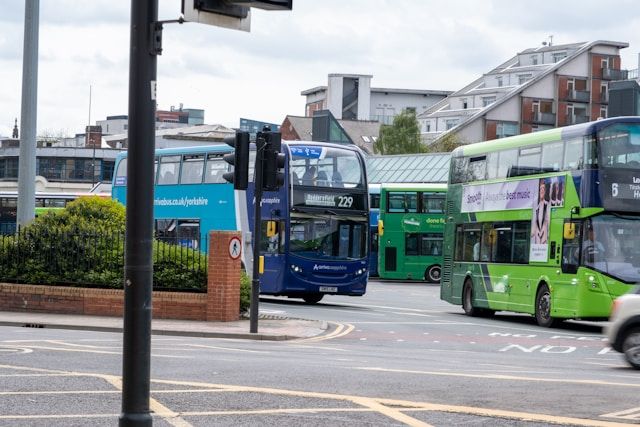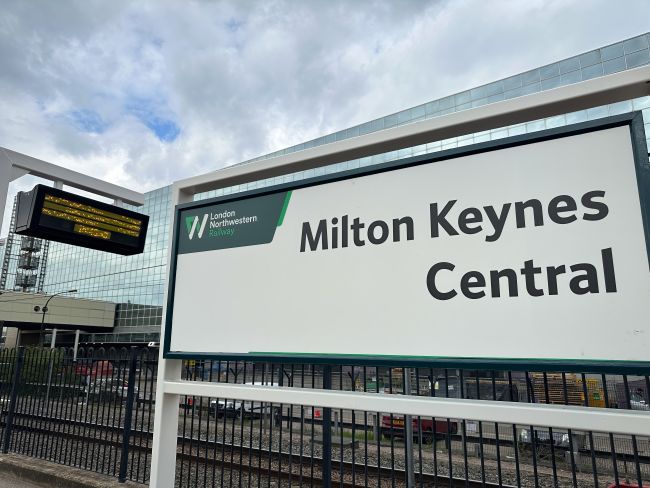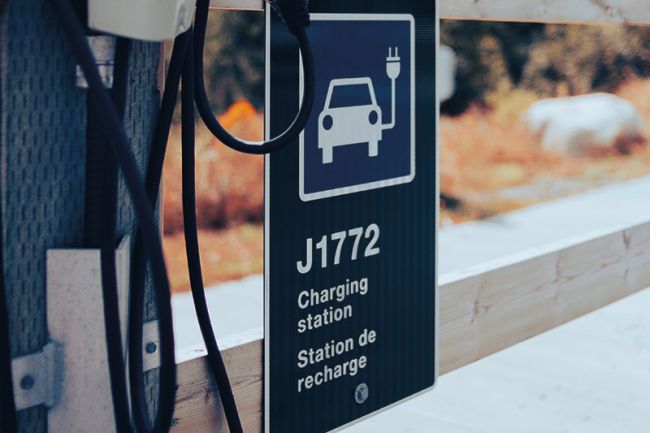Safety first
The safety of cyclists frequently appears in the national and local news.

The safety of cyclists frequently appears in the national and local news. Campaigners for cycling safety put forward many proposals to reduce the number of accidents and fatalities involving collisions with cyclists.
British Cycling’s Chris Boardman recently appeared on BBC TV news to make the case for annual financial investment in cycling, equivalent to £10 per head of population, to enable good cycling infrastructure to be built.
Boardman was filmed during the daytime in dark clothing and without a helmet, which prompted critical reactions on social media, various news websites and from a major charity for head injuries.
The common theme of the reactions was that helmets are essential for cycling safety, and research has indeed confirmed that the helmets currently worn can reduce head injuries in the event of a fall. However, while the level of protection they provide in a low-speed crash is reassuring, their effectiveness declines with the speed and energy of impact, and would be extremely limited in the event of a major impact with a moving motor vehicle.
In practice, both cyclists and pedestrians are exposed to the risk of collision with vehicles and yet, while pedestrians suffer injuries in far larger numbers than cyclists, they are not expected to wear helmets. This suggest that public attitudes to pedestrian and cycle safety are inconsistent, but also raises the question of whether helmets are the most effective way of improving safety.
Dutch and Danish cyclists rarely wear helmets, but have a lower rate of cyclist injury accidents than the UK, It is easy to look for a conflict or problem and to try to engineer a solution with signs, safety equipment or high visibility clothing, but in the right circumstances instinctive human behaviour alone will already ensure high levels of safety.apparently because of traffic management policies and highway designs that prevent cyclists coming into contact with dense or high speed traffic. Either cyclists are given their own right of way or, where this is not possible, such as on old or narrow streets, motor vehicles are prohibited or require to drive slowly.
Should initiatives to improve cycle safety focus on infrastructure or on other vehicles? Most studies show that Advanced Stop Lines (“bike boxes”) at signalised junctions reduce accidents to cyclists and make them feel safer. However, a speaker at a recent conference referred to them as “bad infrastructure”, arguing that they place cyclists in the blind spot of the driver of heavy good vehicle (HGV) immediately behind them. A counterargument is that the design of the HGVs is at fault, and that a vehicle with such large blind spots should not have been permitted in the first place, or should be excluded from busy, narrow streets at peak periods. Central Paris, for example, has a daytime ban on HGVs and had no HGV-related cycle fatalities in 2012.
This summer we carried out a study of conflicts between pedestrians and cyclists in central London. Hours of video footage from reported “problem” sites revealed that pedestrians and cyclists frequently needed to stop, look, change direction or negotiate with each other as their paths crossed, but actual collisions were extremely rare. One clear issue was the need to signal to cyclists to adapt between motor vehicles, moving quickly in one direction down a traffic lane, and pedestrians, moving slowly in all directions in a traffic-free street or at a pedestrian crossing. Where large and fast vehicles mixed with cyclists, it helped to define clearly where they were expected to be. In contrast, pedestrians have to avoid other pedestrians when walking down a busy street, where conflicts are inevitable and cannot be designed out, and they and slow-moving cyclists naturally deal with each other in exactly the same way.






















